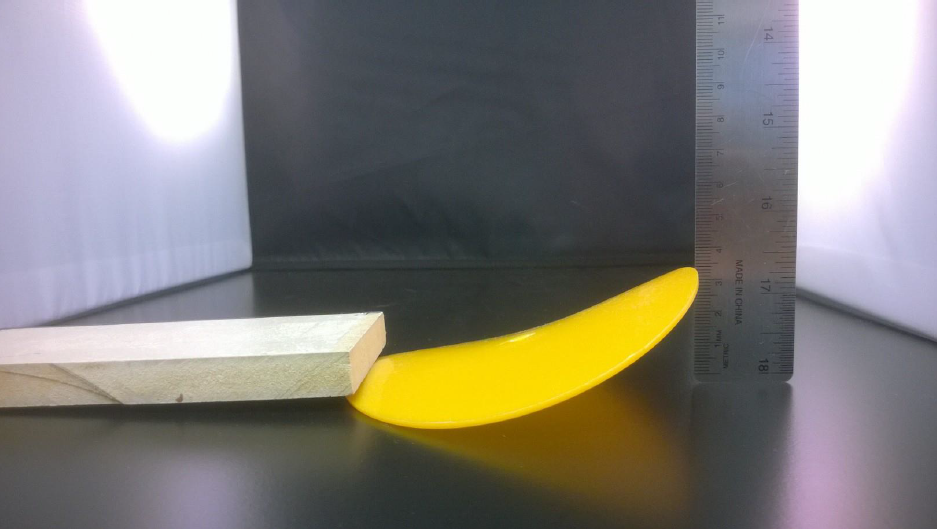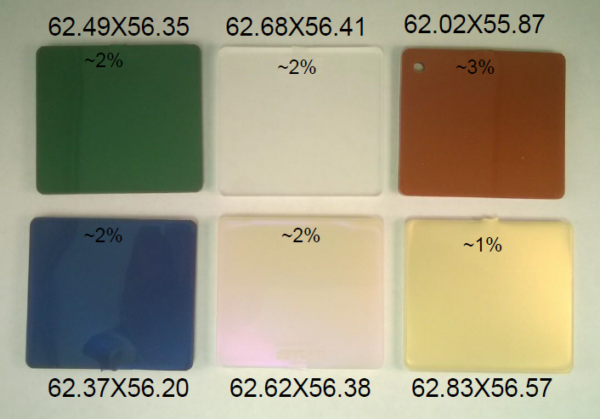The Impact of Pigments on Plastic Dimensional Stability

Dimensional stability from injected parts can be affected by several factors like cycle conditions, polymer crystallinity, and the masterbatch’s colorant or additives.
Crystallinity as a Main Player
In general, a semi-crystalline polymer will always be likely to develop crystalline structures in if enough time and temperature are given. Crystallinity can change depending on polymer chain orientation and proximity between them. Additionally, highly ordered chains could lead to significant crystallization. Crystallinity can be a fundamental parameter for dimensional stability in semicrystalline polymers due to the volume change during cooling.
You can also read: Is Color Affecting Plastic Recycling?
Also, crystallization may result from:
- Polymer structure (Atactic, syndiotactic, isotactic).
- Machine program and cycle conditions.
- The choice of polymer.
- The design of the part.
- Colorant or additive type and loading.
Additives Can Induce or Control Crystallinity
Depending on the nature of the pigment, it can either be a warp and shrinkage controller or a nucleator. The impact of the nucleator may depend on the surface chemistry and morphology.
Organic pigments are typically hydrophobic, so their surface chemistry may facilitate orientation between molecules, which ultimately facilitates crystallization and leads to a bigger shrinkage and warpage.
On the other hand, inorganic pigments, which are typically hydrophilic, tend to have less surface interaction between particles, reducing the likelihood of crystalline-based warping. Shorter chains with fewer entanglements also facilitate crystallization.
Pigment Study
The company BASF did some research on HDPE with different pigments to study their effect on dimensional stability. The test used a gated-centered mold cavity of 63.66 x 56.94 mm. and the shrinkage was measured in the different specimens. The result was that depending on the pigment color, the dimensional stability changed.

BASF study: inherent resin shrinkage. Courtesy of BASF.
How to Control the Growth of Crystals?
There are several approaches to control crystallization and deformation:
- Additives with inert fillers.
- Colorant with functional additives.
- Rapid cooling rate may restrict the opportunity to untangle and orient to form crystals.
Also, some additives with a certain affinity for the polymer and the pigment may prevent the pigment from acting as a nucleant agent or minimize the polymer chains from coming in contact and forming crystals.
Finally, additives may act similarly to wetting agents, inhibiting crystallinization.
